Claude Nolan was born in Sanford, Florida in 1873. He came to Jacksonville as a child and attended Duval County High School and later studied at Vanderbilt University. In 1905, with law degree in hand, he returned to Jacksonville, where his father, George Nolan, served as mayor from 1903 until his death in 1906. Nolan became a Cadillac Motor Car agent the same year. He opened his Cadillac Motor Car dealership in a small building on East Church Street and became part of an industry that would grow to be a driving force in the nation’s economy. In 1907, Nolan founded Claude Nolan, Inc., serving as president and treasurer. He became the Florida distributor for the Cadillac Motor Company, later adding branches in Miami, Tampa, and Savannah. The Miami branch was organized with his nephew, Stanley Peeler, and was known as the Nolan-Peeler Company.
The Florida land boom was beginning to gather momentum and within a few years, Nolan’s enterprise needed to expand. When Nolan decided to build a showroom in downtown Jacksonville, he commissioned locally famed architect Henry J. Klutho to design his new automobile dealership. Klutho was considered northeast Florida’s best architect, credited with designing dozens of buildings in Jacksonville after the Great Fire of 1901. The fine Prairie-style design was constructed of reinforced concrete and had a projecting cornice, large plate glass windows, and a bold interplay of horizontal and vertical lines. In the main Nolan showroom building, the architect’s use of reinforced concrete was quite sophisticated and introduced expressive detailing seldom equaled today. The large girders were 14 feet on center with one-way flat slabs spanning between to carry the heavy Cadillacs. Structurally, the edifice boasted the widest poured concrete spans in the South at the time.
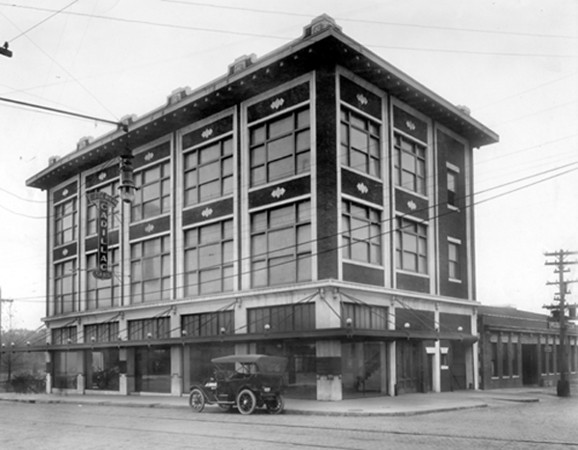
As originally constructed in 1911-1912, the Claude Nolan Cadillac building went far beyond the glazing usually associated with Prairie School work. Nolan’s auto showroom and garage building was literally all plate glass; the only solids on the Main Street elevation were the articulated columns and the spandrels. Klutho had achieved the ultimate glass box framed in concrete and delicate brick. The very nature of the building demanded this approach, for it was indeed a jewel box for the display of the aristocrat of American automobiles. A suspended marquee of galvanized iron and glass over the Main Street sidewalk provided cover for pedestrians viewing the auto displays without eliminating natural light. Globe lights occurred at each cable connection to the fascia. When lit at night they must have presented an elegant scene, especially when all of the glass-enclosed upper floors were also radiating light.
A man of many firsts, Claude Nolan was one of Jacksonville’s most well-known innovators. When he opened the Cadillac Motor Car dealership in 1907 in Jacksonville, it was the city’s first automobile dealership, and the first Cadillac dealership located in the South. In 1910, in effort to garner publicity, Nolan organized a race against a biplane and a Cadillac at the Jacksonville Fairgrounds. The Cadillac won the race. In addition to founding the oldest automobile business in the city, Nolan is also credited with originating the idea of selling automobiles on installments in 1910, a practice that was soon adopted by the entire automotive industry. Also in 1910, he became the first native Floridian to fly over this state in an airplane.
In 1928, he became the first person to drive an automobile from Miami to Key West, fifty-four miles of which were on the Florida East Coast Railway trestle, before the overseas highway was built from Miami. That same year, he conversed on the telephone with Berlin, Germany, becoming the first Floridian to talk directly with Europe. Along the way, Mr. Nolan acquired Pontiac franchises in Miami and Jacksonville and operated a number of automotive trade businesses in Florida and Georgia dealing in Steward Warner, Alemite, Duco, Philco and other products. Claude Nolan never married, but he looked after his sister, Lila Nolan Peterson and her daughter Claudia after the death of Lila’s husband. In time, Claudia married Connor Brown who joined the family business in 1938. In 1943, Claude Nolan died at St. Lukes Hospital in Jacksonville after a brief illness at the age of 58.
Nolan’s family continued to operate the Claude Nolan Cadillac dealership and Brown succeeded him as distributor. By the end of World War II, Brown had established Connor Brown Cadillac in Fort Lauderdale, built a branch of Nolan-Brown Motors on Bay Harbour Island in Miami Beach and relinquished the Trail Pontiac franchise in Miami. In 1948 an architect named W.A. Moore, Jr. blatantly destroyed the glass box by removing Henry Klutho’s windows, covering the delicate brick and concrete details with stucco, and removing the cornice and glass canopy. The original façade was also covered over in concrete and Art Deco marble paneling, making it unrecognizable.
In 1965, Connor Brown was the largest Cadillac distributor in the Florida territory. That same year, Cadillac terminated all of its distributor agreements leaving Brown as the only Cadillac dealer in Jacksonville, Miami, Miami Beach and Fort Lauderdale. Jack Helmick, a graduate of Auburn University and of the University of Florida College of Law, served as a reconnaissance pilot in the Navy before joining Claude Nolan Cadillac in 1965 to assist Brown. Helmick later acquired the Claude Nolan franchise location in Jacksonville and started Claude Nolan Cadillac Inc. During the 1960s and 1970s the company experienced many changes. Brown and George Williamson opened George Williamson Cadillac in South Miami. Williamson later bought Brown’s interest in the dealership.
Claude Nolan Inc. relinquished its Pontiac franchise in Jacksonville in order to concentrate on the growing Cadillac market and dealerships in Miami and Miami Beach were sold.
When Connor Brown died in 1976, his wife, Claudia Nolan Brown, took over operation of Connor Brown Cadillac until 1979 when she sold the company. As president of Claude Nolan Cadillac Inc., Helmick has continued the tradition of growth established by his predecessors. In fall 1985 the dealership relocated to its new facility on Southside Boulevard. Today, the former Cadillac building stands as one of many post-World War II, pseudo-modern monstrosities. Although the drastic remodel completely obscured the original facade, there still remain two skylighted garages behind the building that Klutho also designed for Claude Nolan.
In 2014, the three buildings that make up the Claude Nolan complex were designated landmarks by Jacksonville’s Historic Preservation Commission. Pollutants from an 1880s gas plant have poisoned the soil around the property as well as Confederate Park. In order to clean up the contamination, the City of Jacksonville must add a protective underground wall and demolish the building constructed on the polluted area. Since the city declared the two larger buildings historic landmarks, the only building to be razed will be the one-story maintenance building. The underground wall would extend down 40-feet, and the soil inside would be carted away or mixed with a cement-like material to keep the pollutants where they are. The full cost of the cleanup is expected to cost $17 million. Several years ago, a local developer planned to convert the abandoned Claude Nolan Cadillac building into loft condominiums. However, that plan never materialized. As of 2022, the buildings remain abandoned.
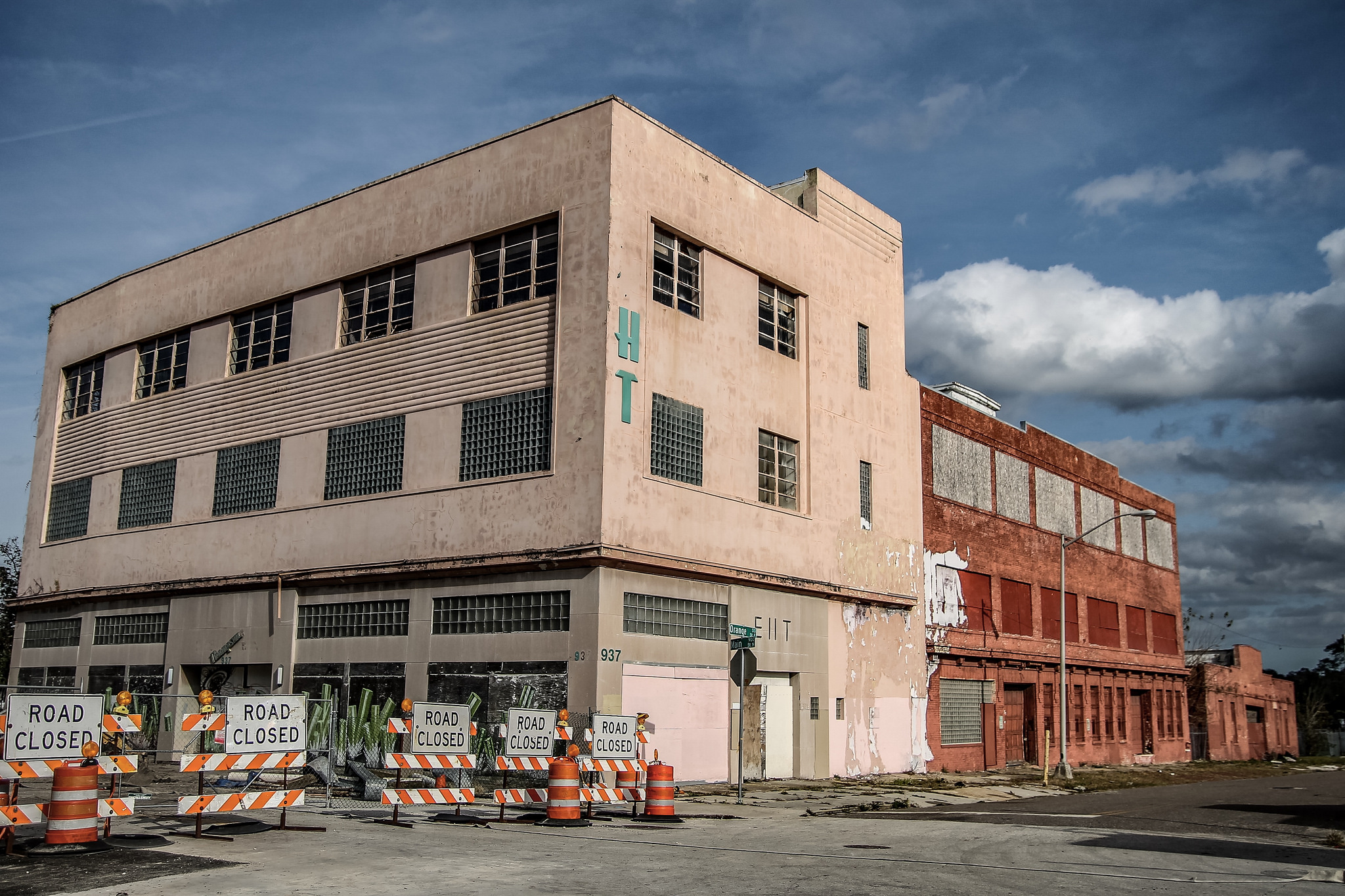
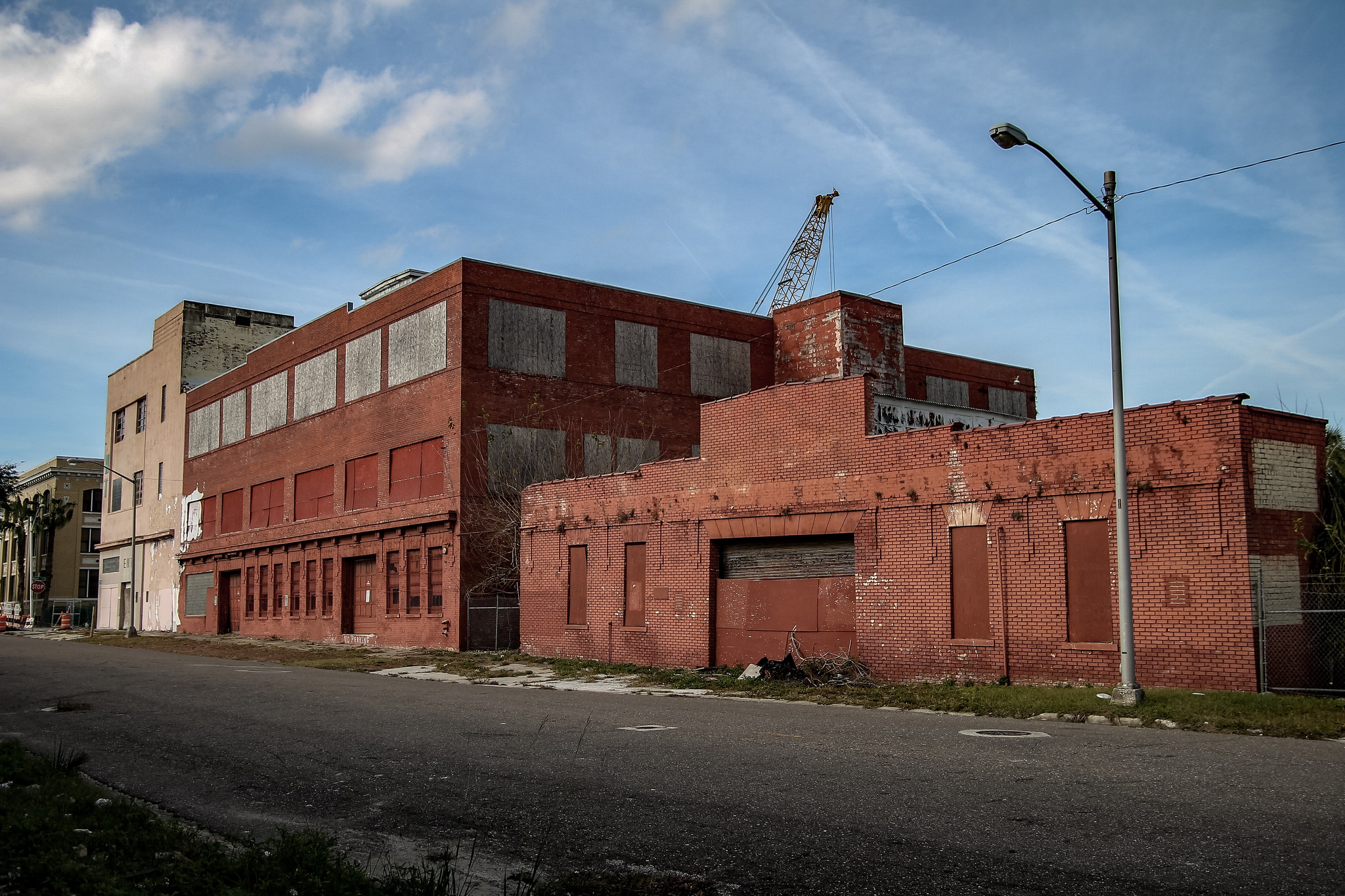
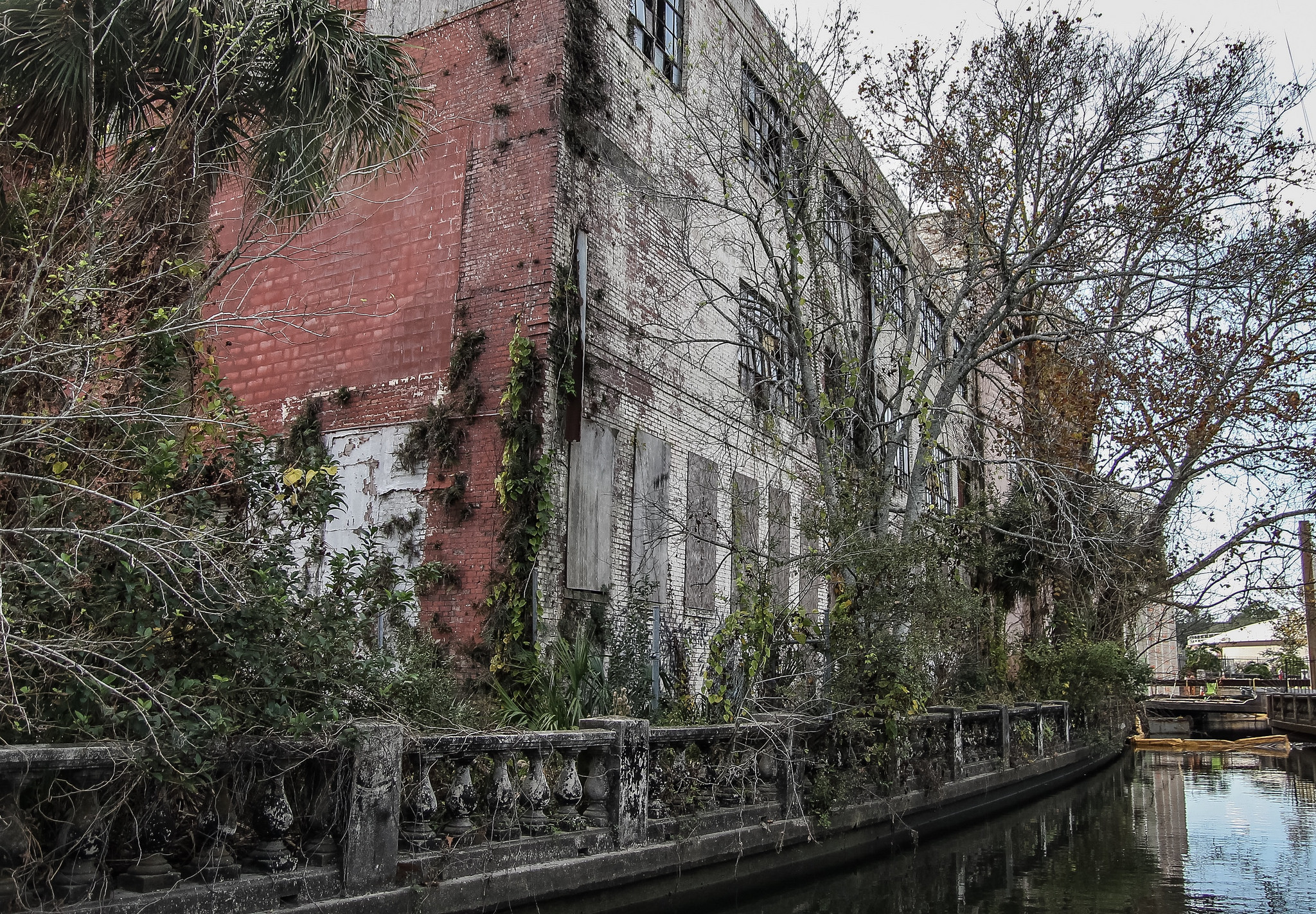


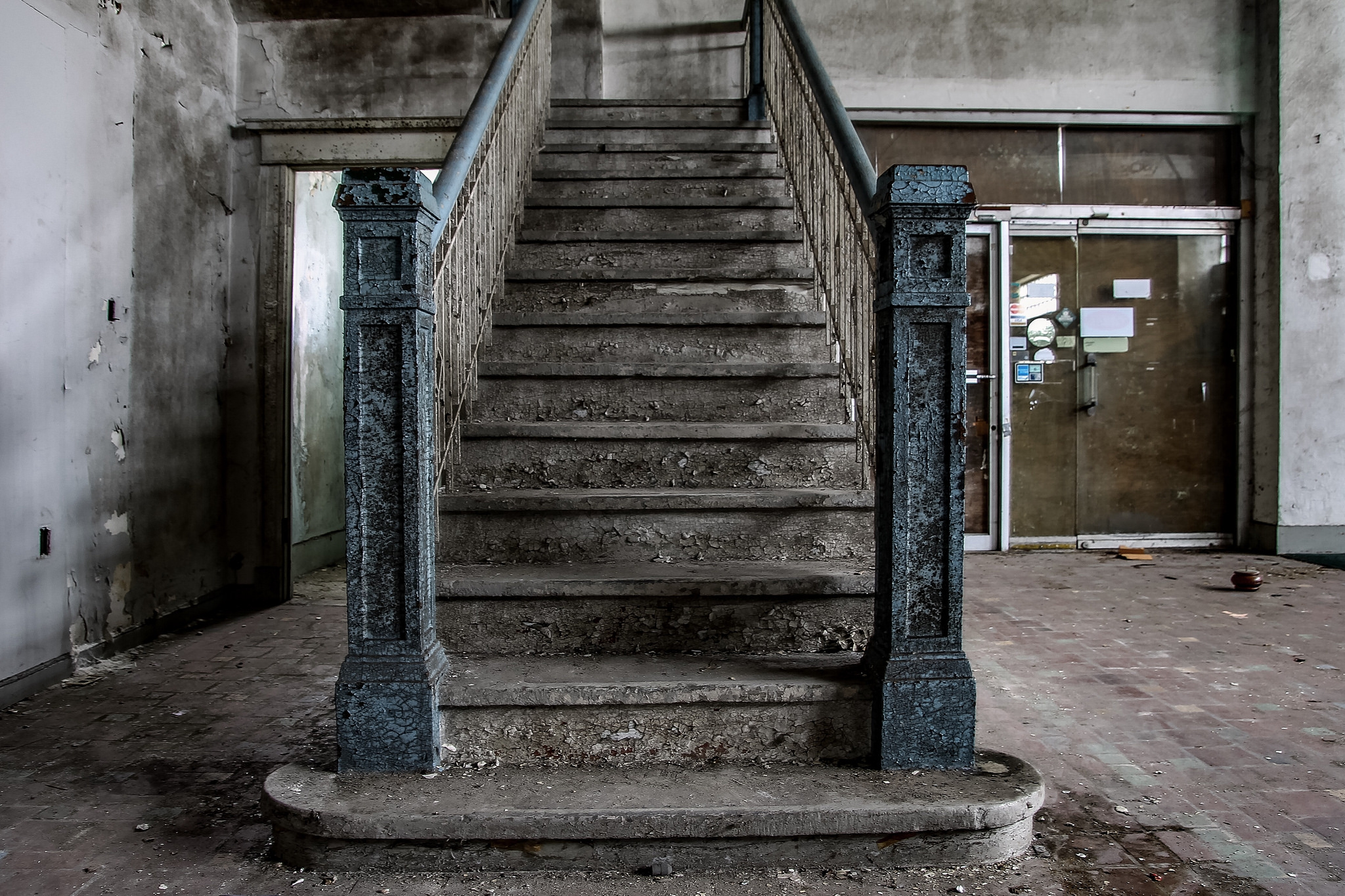
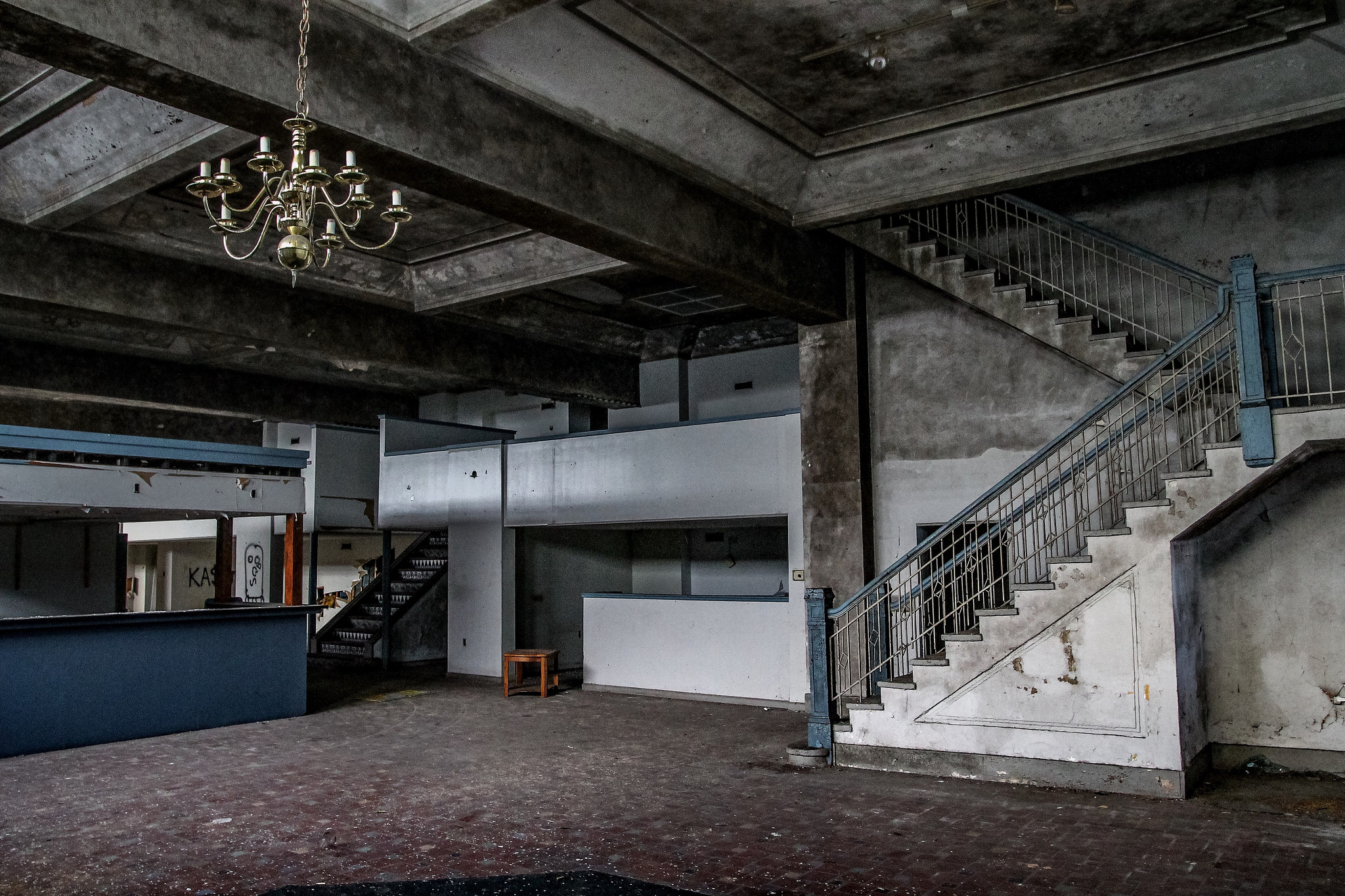
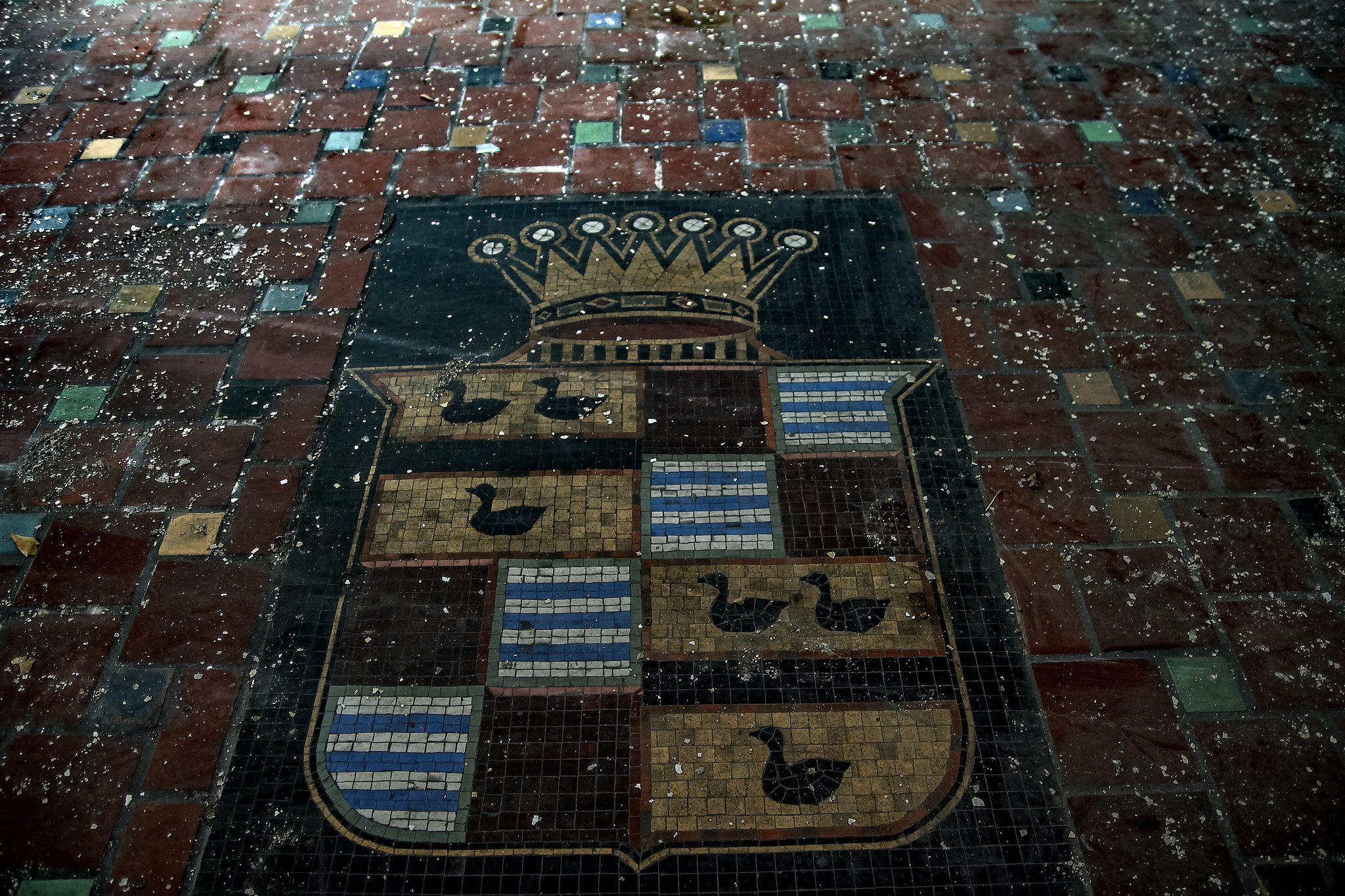

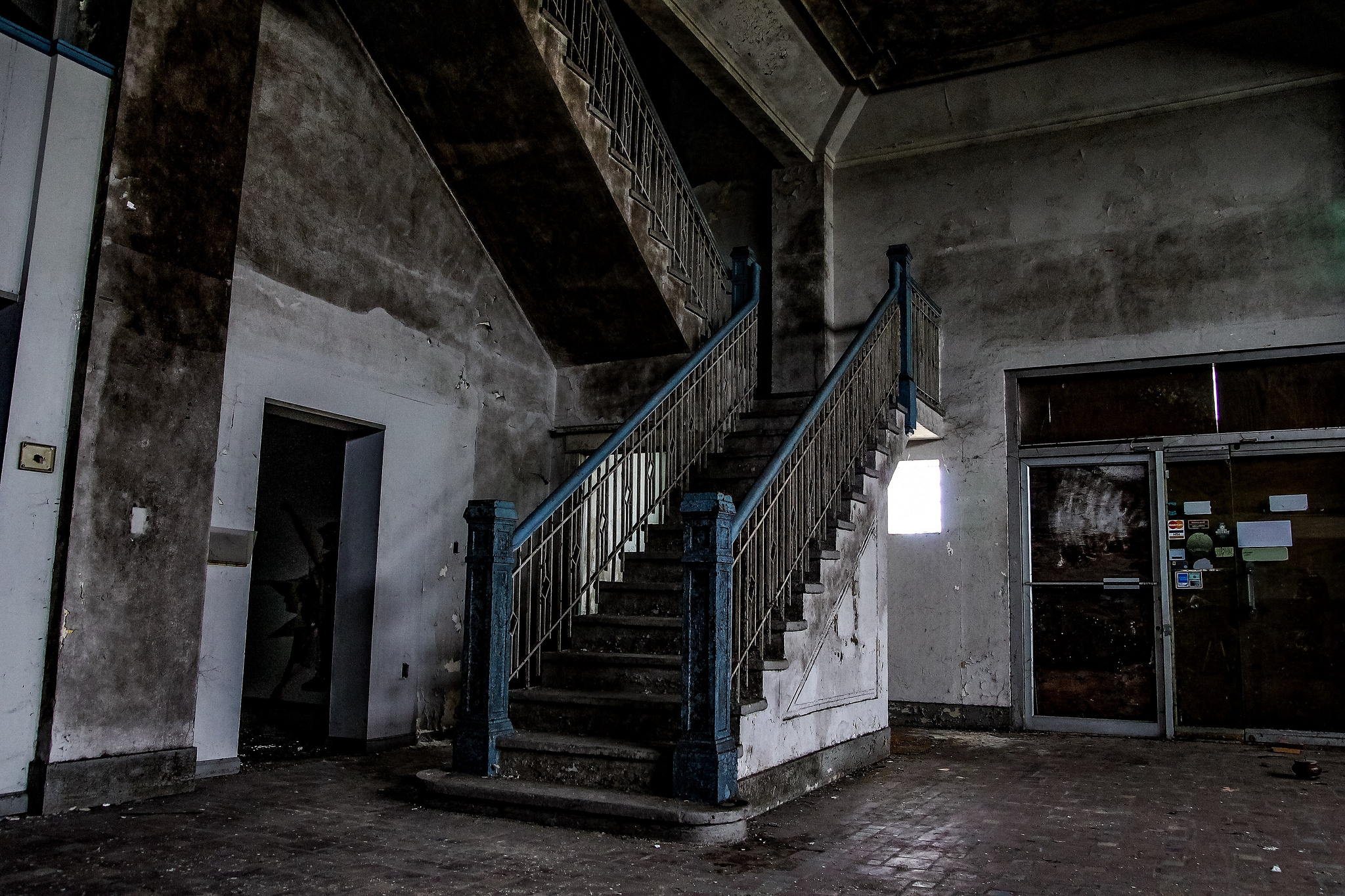

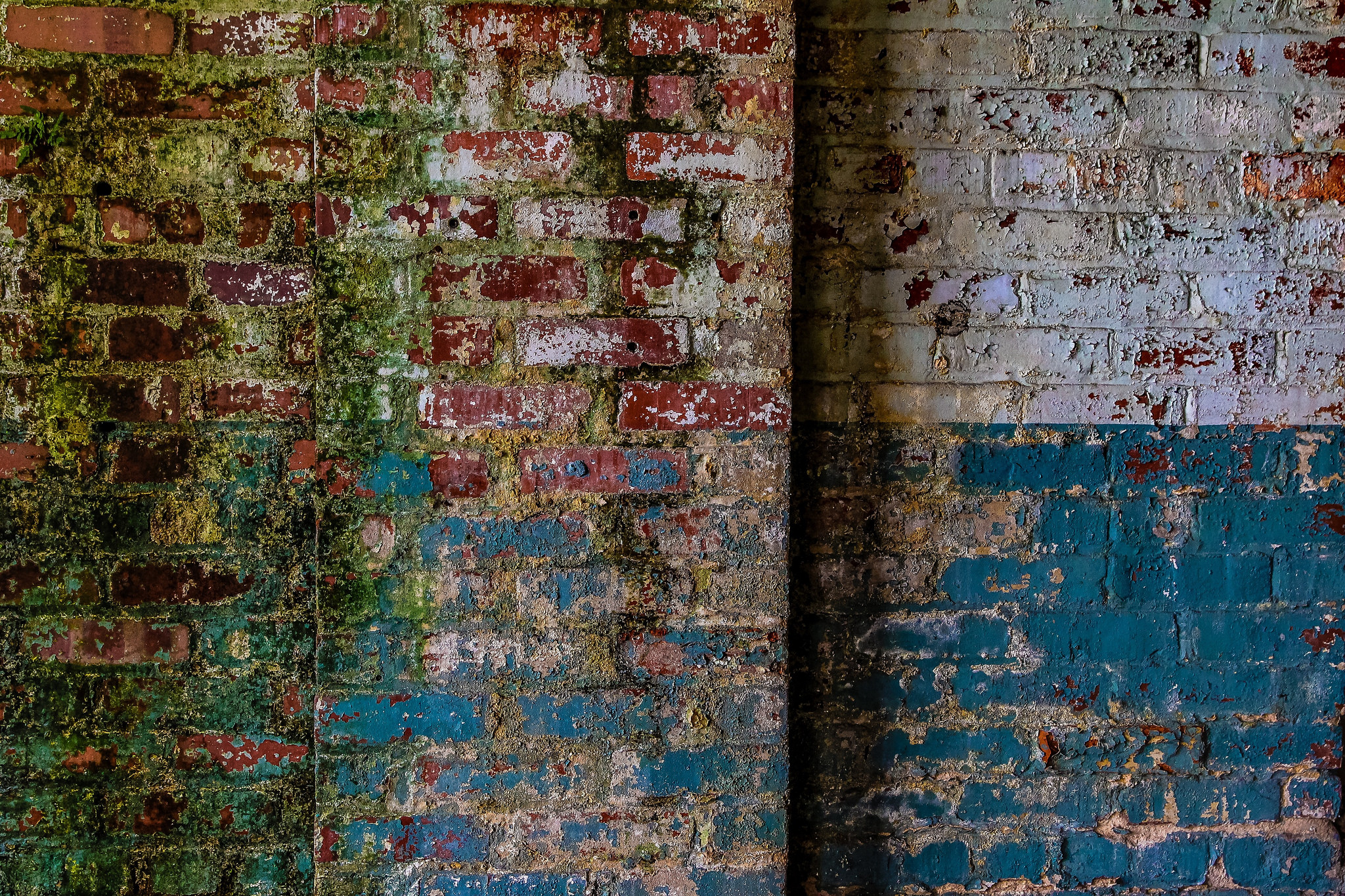
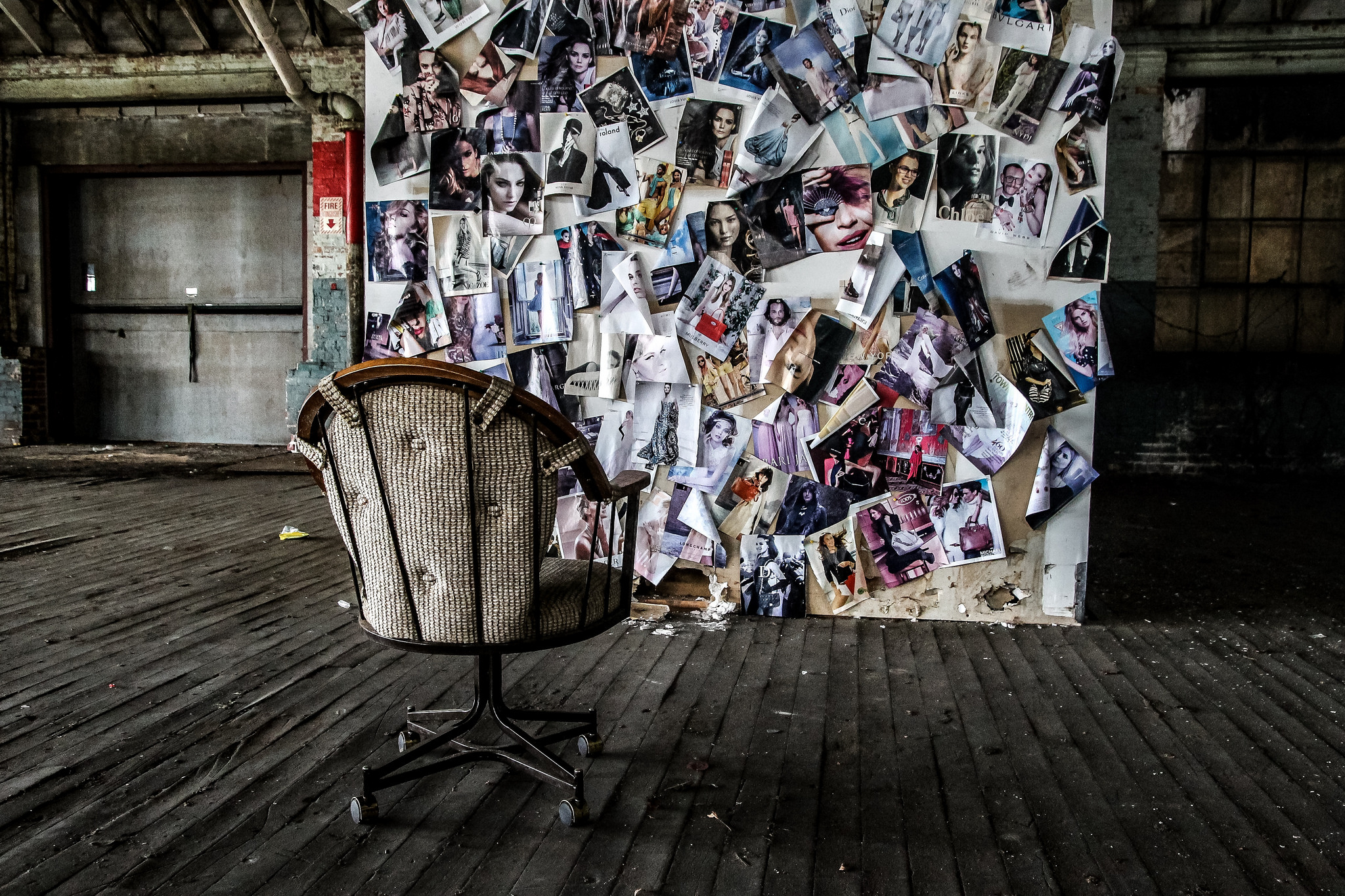
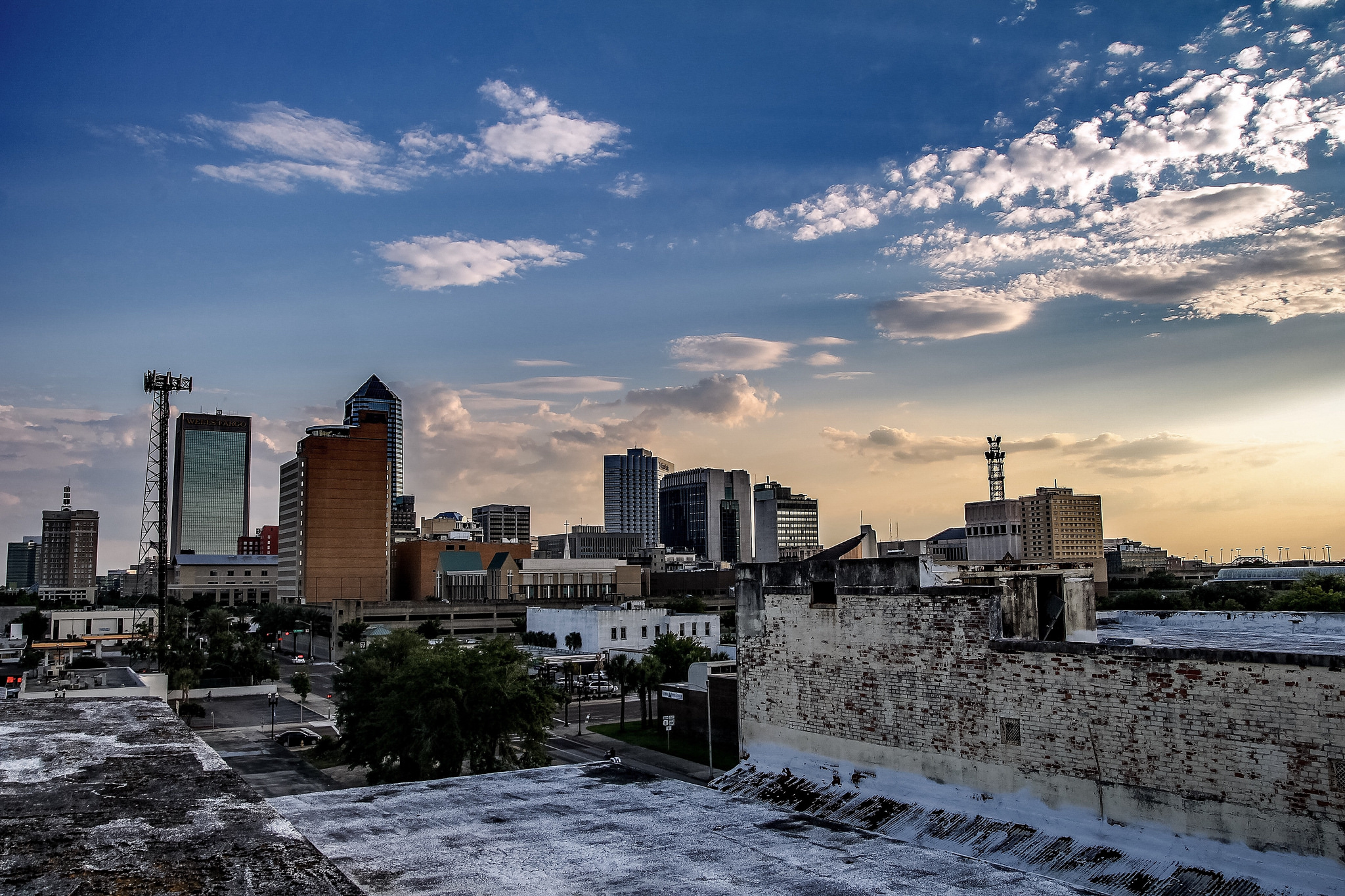
Thank you for reading. Please share the blog with your friends. I appreciate the support.
You can find me on Facebook, Instagram, Twitter, and TikTok. For more amazing, abandoned places from Jacksonville and surrounding northeast Florida, check out my book Abandoned North Florida.

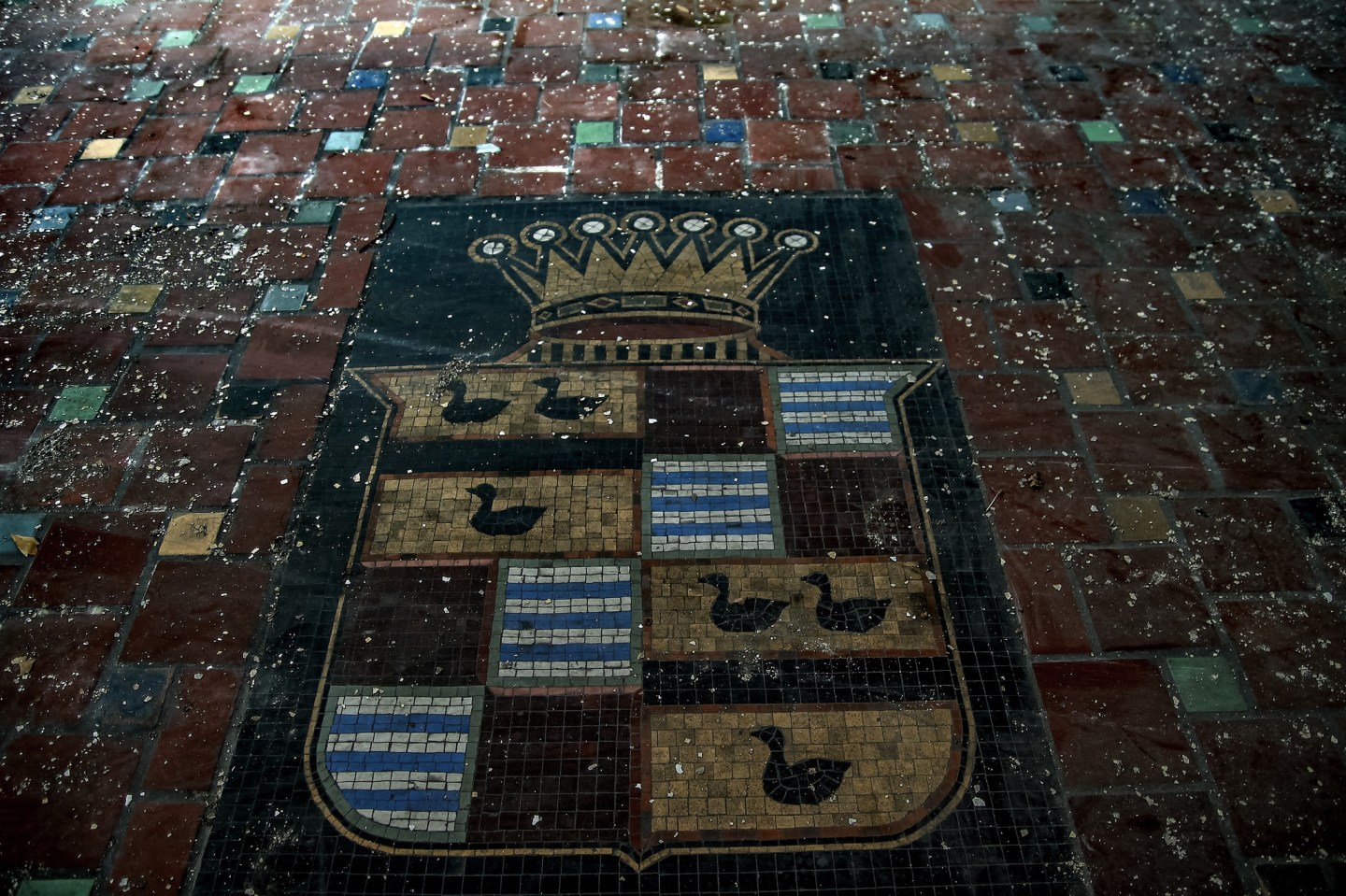
That’s a shame it is being torn down. So many have memories of their first car purchase and other things. It was a beautiful old building for sure. Love the staircase.
LikeLiked by 1 person
Only the 1 story building is being torn down. The 3 story building and additional garage will be saved.
LikeLiked by 1 person
I always adore your stories. Thank you for research.
LikeLiked by 1 person
Thank you for reading.
LikeLike
A fascinating read – thanks for posting this
LikeLiked by 1 person
Thanks for reading!
LikeLiked by 1 person
Good job on Nolan. He did a lot before his death.
LikeLiked by 1 person
Lovely just what I was looking for. Thanks to the author for taking his clock time on this one.
LikeLike
His co-driver on the Key West run was Kenneth Goodson, who was Louis Chevrolet’s riding mechanic in the Indy 500. From the newspaper accounts, the Key West drive may have been more frightening.
LikeLiked by 1 person
Appreciate the info, Jim!
LikeLike
Thank you for your story on Claude Nolan… I worked for GMAC and during my career never knew this much about the history and accomplishments this man had made… again Thank you!
LikeLike
Thank you for this very interesting read on one of Florida’s historical businesses. I’m a lifelong Jacksonville, Floridian, and a Cadillac driver. I found this very interesting due to my family’s time here in Jacksonville. My grandfather’s birth in 1902 and stories later in life led to my
Interest in all of Florida’s history and Claude Nolan has a great part of Jacksonville’s businesses.
LikeLike